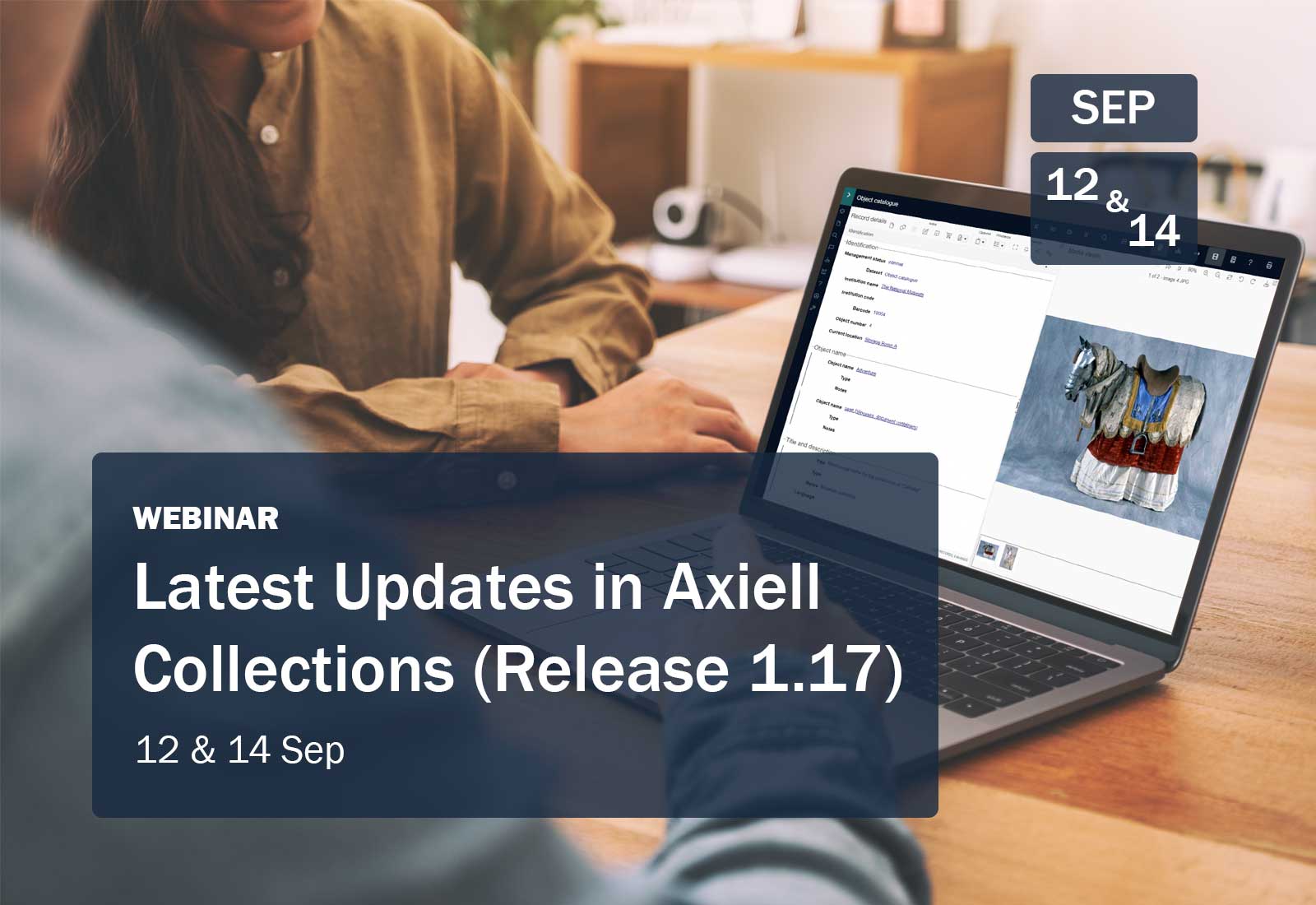Assessing Change Requests & Measuring Impact
One of the delights about working alongside users is sharing in their excitement as they find ways to do things that they didn’t think were possible. It’s great to see clients geek out after discovering a “hidden” feature or a path to deploying a new process. As adventurous users mine systems for additional strategies to make work easier, system administrators may find themselves fielding an avalanche of change requests (at least that’s what happens to us in our offices!).
When evaluating proposed changes, it’s helpful to consider the following questions when deciding whether a switch creates an opportunity to improve an experience or simply makes an existing interaction “different.”
IS THIS FANCY OR FUNCTIONAL?
Coco Chanel once said, “Before you leave the house, look in the mirror and take one thing off.” The same can probably be said of software. More is not always better; sometimes it’s just more. Enterprise applications can be complicated. Before introducing another potential layer of complexity, teams are well-served to review the proportional gain associated with a change. Does making a modification bring corresponding value or is it simply a “cool” thing to have? Everyone likes the idea of a new feature (I mean, who doesn’t adore a new button to press?), but we truly love when a process is streamlined and we can work with less fuss.
HOW MANY PEOPLE DOES THIS TOUCH?
When organizations use shared tools, changes in how one department works often creates ripple effects for others. The impact isn’t always immediately apparent to the group pushing for a shift. When proposing alterations to how we use applications, track the threads connecting separate entities. Do improvements for some users create massive roadblocks for others? Asking users outside our immediate circle for feedback helps mitigate risk, minimize disruption, and avoid “I told you so” moments. Our diverse colleagues see things from different perspectives and these fresh insights can help us increase the positive impact of proposed changes.
DOES THIS MOVE US TOWARD A GOAL?
With limited budgets and resources, prioritizing changes becomes easier when we examine the ROI or KPI associated with a shift. Establishing how a transformation moves your team closer to achieving departmental goals is key to measuring the benefits expected from an investment of time and money. Are you now able to measure something that was previously unquantifiable? Does a required procedure now take less time? Require fewer steps? Help you communicate easily with more people? If the “why” is easily articulated as part of a change management review, it’s a pretty clear indicator that you are on the right path.
IS IT TOO SOON TO PIVOT?
When new application updates or processes are rolled out, adjustment periods always ensue. The initial wave of feedback normally reflects the expected stress of change. Until equilibrium is re-established, small dips in productivity sprinkled in with some pushback from users is standard. Unless a critical failure is revealed, hold the course before making additional changes to a newly implemented process. We often suggest reviews at 30, 60, and 90 days. If upticks in satisfaction and efficiency don’t continue to trend up upon passing those milestones, teams have a reasonable marker for re-examining the implementation.
CAN WE CHANGE OUR MIND?
Flexibility is key when exploring proposed changes. If possible, find ways to experiment with new approaches without permanently adopting a modification. Investing a modest amount of time and resources in a limited test run saves teams from realizing that a new idea is actually a budget buster that wasn’t worth the trouble. Trial periods also create space to regroup or fail without creating significant stress on users. Implementing a test database or establishing pilot periods for evaluation are low impact options for determining if change results in a positive gain.
However you manage change, it can be equal parts thrilling and frustrating. Having a support network to rely on can make all the difference. To join any of the Axiell forums or listservs, please reach out to us at sales-alm@axiell.com. We’ll be sure to direct you to the community resources that can help you.




